Ustad Bismillah Khan (1916-2006)
Ustad Bismillah Khan (1916-2006) is one of the most celebrated musicians in the Hindustani classical music scene. He was born in Dumraon, Bihar in 1916 to a family of traditional court musicians. He moved to Banaras at the age of six to train under his uncle who was a shehnai player at the Kashi Vishwanath Temple. He transformed the shehnai from a folk instrument played primarily at marriages in North India to a classical instrument of much impact and melody. He is recognized for his immaculate pitch perfection and impeccable execution of the meends, pukars, khatkas, murkis, zamzamas, taans and gamaks. He became the third classical musician to have been awarded the Bharat Ratna in 2001.
Ustad Bismillah Khan, born as Qamaruddin Khan, is a name that is highly associated with Shehnai and Indian classical music. He was naturally introduced to Shehnai at a very young age as his father played the wind instrument in the court of Dumraon’s Maharaja Keshav Prasad Singh. He idolised his father and decided to follow in his footsteps, and hence, be-friended Shehnai as a lifelong companion.
He moved to Varanasi, Uttar Pradesh at the age of six to live with his uncle. Inspired by the river Ganga and the culture of Varanasi, Bismillah Khan began learning Raag and shehnai from his uncle.
Bismillah Khan began his career by performing at numerous stage shows. He got his first big break in 1937 when he performed at the All India Music Conference in Calcutta. This performance pulled the spotlight over Shehnai and the instrument was well appreciated by the audience. He later played in Afghanistan, the United States, Canada, Bangladesh, Iran, Iraq, West Africa, Japan, Hong Kong, and other parts of Europe. Throughout his illustrious career, he appeared in various prominent events all over the world, including the World Exposition in Montreal, the Cannes Art Festival, and the Osaka Trade Fair.

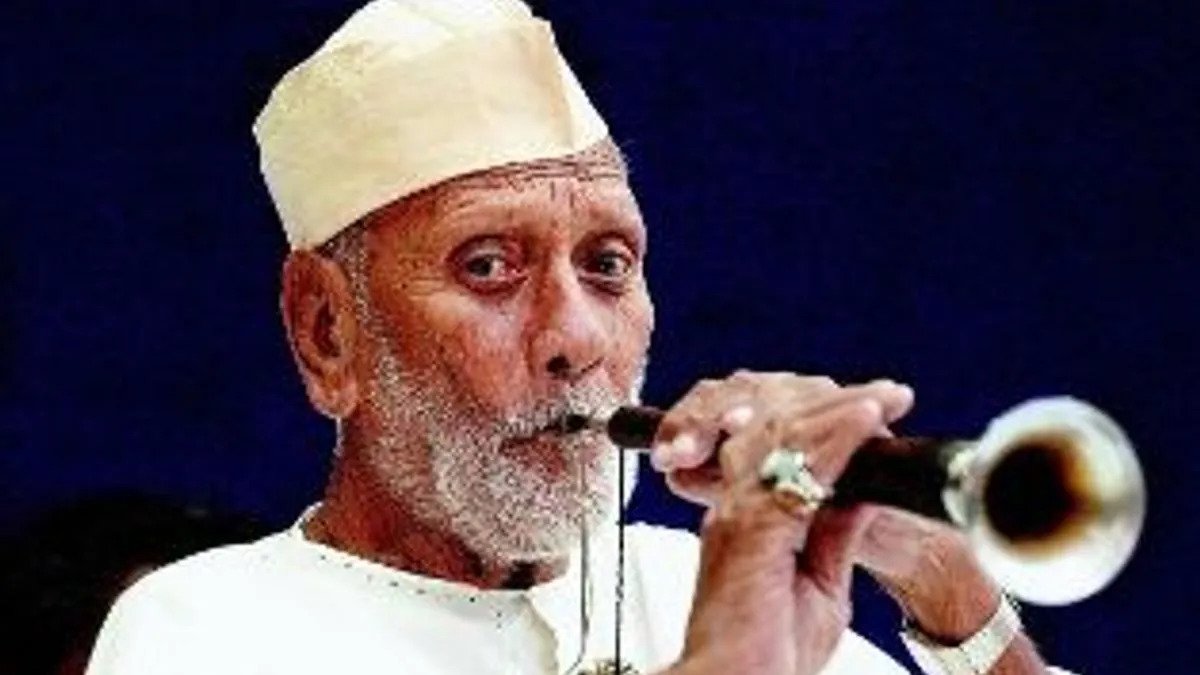
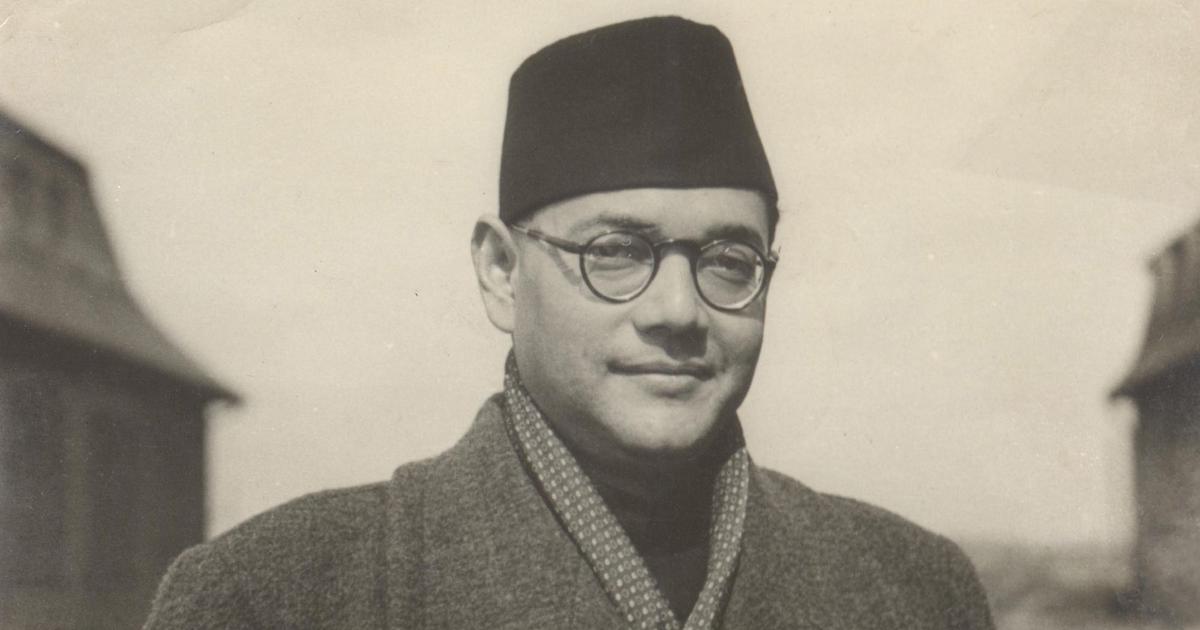
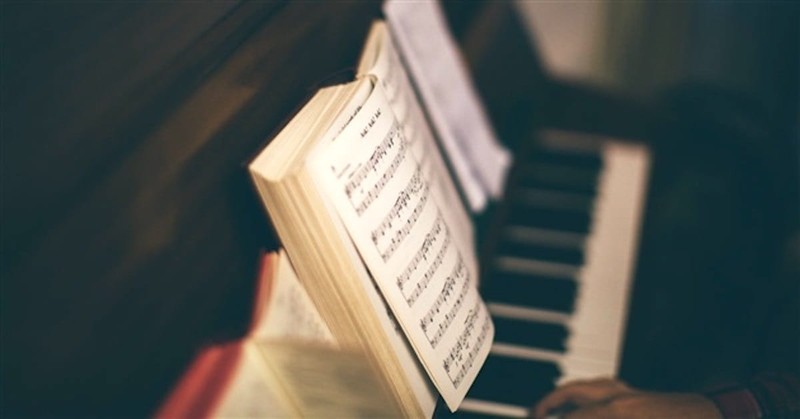
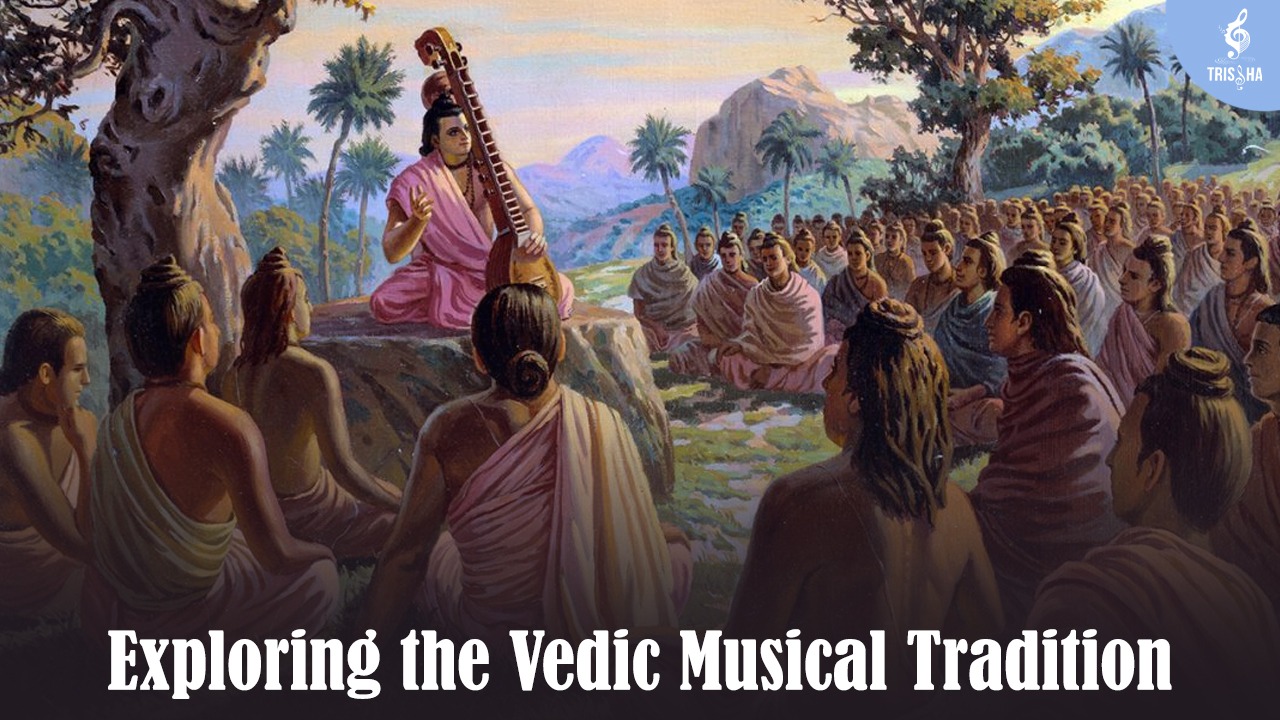

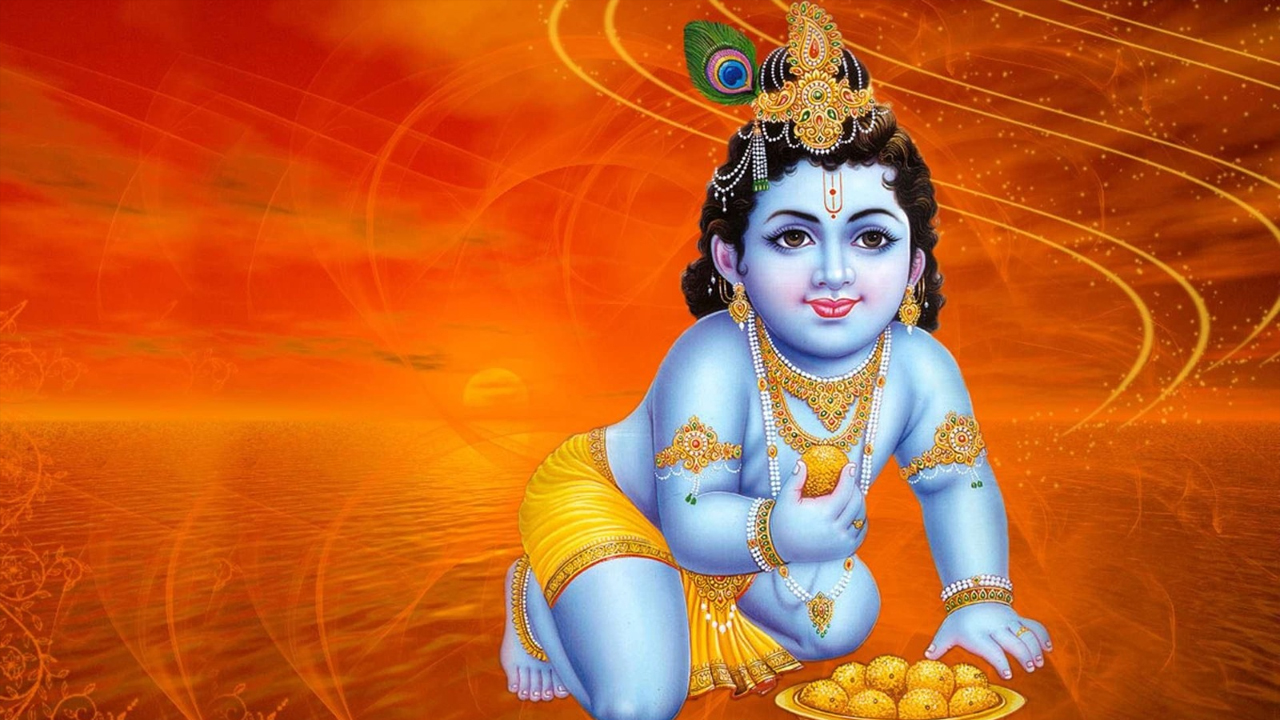
There are no comments